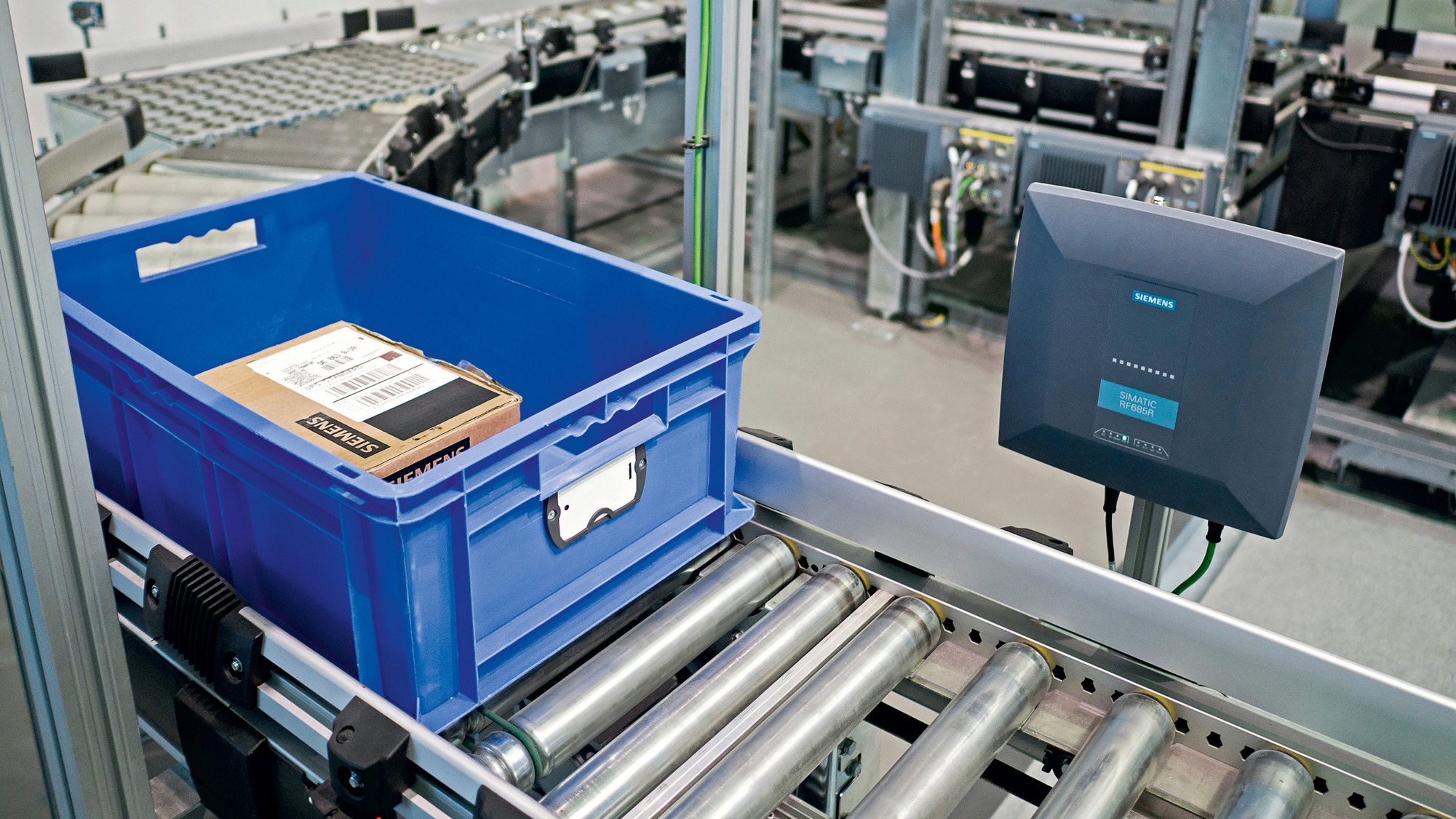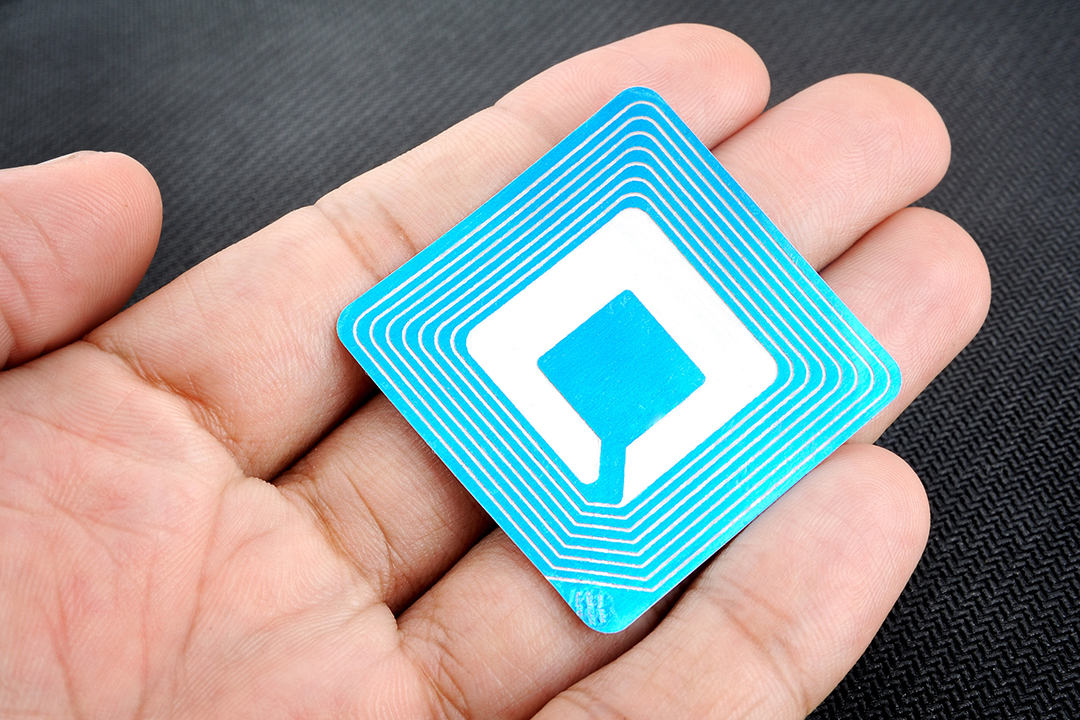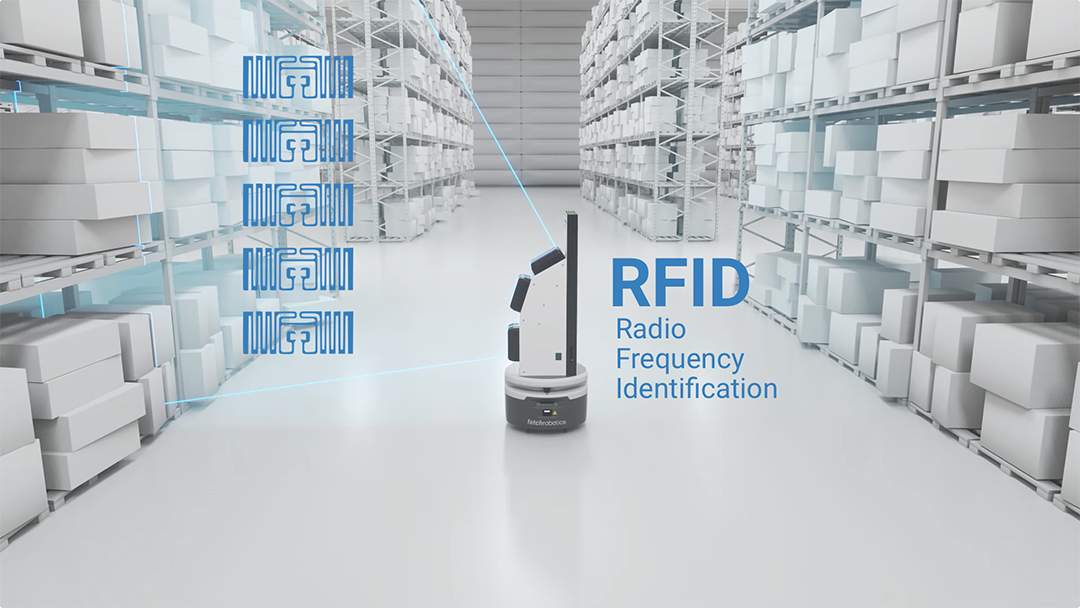Application development of key technologies of RFID tags and research status abroad
RFID is a general term for radio frequency identification technology, which is the same as other identification methods such as barcodes and IC cards. Its basic function is to identify the unique identifier (UID) of the target item. The difference is that it uses radio frequency transmission to complete non-contact automatic identification. , and realize the identification of moving targets and multi-targets. RFID is also a data communication technology. It has the basic functions of the basic components of the communication system, such as sending, receiving and channeling, and transmitting information. The difference is that the information it transmits is man-made and identical. With its large storage capacity, multiple identification targets, long reading distance, data encryption and other advantages and development potential, RFID is known as one of the most important technologies today. The key to the application and development of the RFID system is the electronic tag. This paper focuses on the key technology of the electronic tag and the research status at home and abroad, and puts forward the basic countermeasures for the application and development of the electronic tag at the present stage in our country.
1. Electronic label technology and research status at home and abroad
In the research literature at home and abroad, the current research on electronic tags mainly focuses on the following six aspects.
1.1, chip technology
Chip technology is a core technology in RFID technology. A tag chip is a system that integrates all circuits except the tag antenna and matching line, including modules such as RF front-end, analog front-end, digital baseband and memory unit. The basic requirements for chips are light, thin, small, low and cheap.
Abroad, TI, Intel, Philips, STMicroelectronics, Infineon, NXP, Atmel and other integrated circuit manufacturers have achieved outstanding results in the development of RFID chips with small size, low power consumption and low price. For example, the minimum RF input power of UHF passive tags developed by Atmel Company can be as low as 16.7 μW. The Swiss Federal Institute of Technology has designed a 2.45 GB tag chip with a minimum input power of only 2.7 μW and a read/write distance of up to 12 m. Hitachi Corporation of Japan proposed a tag chip with an area of 0.15 mm × 0.15 mm and a thickness of only 7.5 μm at the 2006 ISSCC conference. In China, Chinese integrated circuit manufacturers have been able to develop and produce low-frequency and high-frequency frequency band chips on their own and are close to the international advanced level. The UHF frequency band QR series chips developed by Shanghai Kunrui Company have passed the official authorization and certification of EPCglobal. Overall, my country’s UHF and microwave frequency band RFID chip design is still facing huge challenges, mainly in the harsh power consumption limit. Adaptation technology with antenna. Subsequent packaging issues. Sensitivity issues. reliability and cost.
The development trend of RFID chip design and manufacturing technology is lower chip power consumption, longer operating distance, faster read and write speed, higher reliability, and continuous reduction in cost. In addition to increasing the storage capacity of tags to carry more information, reducing the size of tags to reduce costs, and improving the sensitivity of tags to increase the reading distance, current research hotspots include: ultra-low power consumption circuits; security and privacy technologies , password function and implementation; low-cost chip design and manufacturing technology; new storage technology; anti-collision algorithm and implementation technology; integration technology with sensors; overall solutions closely integrated with application systems.
1.2, antenna design technology
In the design of RFID tag antennas, miniaturization has always been a concern. In order to expand the application range, the miniaturized antenna bandwidth and gain characteristics and cross-polarization characteristics are also important research directions. The current RFID tags still use an off-chip independent antenna, which has the advantages of high antenna Q value, easy manufacturing, and moderate cost, but it is large in size and easy to break, and cannot be used for anti-counterfeiting or implanting in animals in the form of biological tags. If the antenna can be integrated on the tag chip, it can work without any external devices, which can reduce the size of the whole tag, simplify the tag manufacturing process, and reduce the cost, which has triggered the research of on-chip antenna technology. In addition, the current focus of tag antenna research includes antenna matching technology, structural optimization technology, broadband antenna design covering multiple frequency bands, multi-tag antenna optimization distribution technology, anti-metal design technology, consistency and anti-jamming technology, etc.
1.3, packaging technology
The packaging of electronic tags mainly includes chip assembly, antenna production and other major links. With the development of new packaging technology, new processing technologies have emerged in the label packaging technology, such as flip-chip bump generation (Bunping), antenna printing, etc. Compared with traditional wire connection or carrier tape connection, flip chip technology has the advantages of higher packaging density, good electrical and thermal performance, good reliability and low cost. Using conductive ink to print tag antennas instead of the traditional corrosion method to make tag antennas greatly reduces the cost of making electronic tags. In addition, the research hotspots of label packaging technology include low-temperature hot-press packaging technology, precision mechanism design optimization, multi-physical quantity detection and control, high-precision high-speed motion control, online detection technology, etc.
1.4, label application technology
Based on the unique characteristics of RFID tags for object identification, it has triggered an upsurge of research on various functional tags. In addition to item identification, tracking and monitoring in the traditional sense, research hotspots also include interactive smart labels, spatial positioning and tracking, ubiquitous computing, mobile payment, and item anti-counterfeiting.
(1) Interactive smart labels. The structure of the interactive smart label is still composed of a single-chip wireless micropower transceiver and a single-chip microcomputer. Pre-write various required application programs in the single-chip microcomputer, and call these programs through wireless instructions when necessary, so that the tags can perform various tasks required for IoT applications including identification, positioning, and data collection. The tag does not transmit any signal at ordinary times, but periodically receives and records the signal sent by the coordinator on the monitoring channel at regular intervals according to the need, and only jumps to the read mode after receiving the wake-up command. Writer working channel, receives instructions from the coordinator, and enters the state of information exchange with the reader according to the pre-written program according to the instructions, completes the specified work tasks within the specified time, and then returns to monitoring and sleep state. It can be seen that the core of this technology is to realize the ultra-low power wireless long-distance transmission of tags by quickly filtering invalid signals, at the cost of an additional coordinator. Since the interactive smart label solves the key problems such as low cost, low power consumption and wireless long-distance transmission in the application of the Internet of Things, it expands the application scope of the electronic label and can be widely used in urban intelligent transportation systems and urban basic data acquisition systems And other fields that require long-distance identification, positioning or data collection.
(2) Real-time positioning and tracking tags. Existing positioning systems mainly include satellite positioning systems, infrared or ultrasonic positioning systems, and mobile network-based positioning systems. Location information of facilities and objects in indoor complex environments such as airport halls, exhibition halls, warehouses, supermarkets, libraries, underground parking lots, and underground mines. RFID technology provides a new solution for space positioning and tracking services, especially for indoor positioning where satellite positioning systems are difficult to cope with. It mainly uses the unique identification characteristics of the tag on the object, and measures the spatial position of the object according to the signal strength of the radio frequency communication between the reader and the tag installed on the object.
(3) Pervasive computing tags. By combining with sensor technology, RFID tags can also perceive the temperature, humidity, and light status information of items or environments at IoT nodes, and use wireless communication technology to transmit these information and their changes to computing units, improving the environmental impact on computing modules. Visibility to build the infrastructure for future ubiquitous computing.
(4) Mobile payment label. RFID mobile payment uses short-range communication between the mobile terminal and the POS terminal to conduct transactions. It can not only use the mobile phone bill to pay the transaction amount, but also use the SIM card to bind the bank account and the bank will process the transaction. RFID mobile payment is the product of the integration of the RFID industry and the telecommunications industry. At this stage, there are mainly four application methods: Felica, NFC, DISIM and RF-SIM. Among them, RF-SIM is a medium and short-range wireless communication technology based on SIM cards. RF modules are embedded in SIM cards. SIM cards are used for normal mobile phone mobile communication, authentication, and physical connection with mobile phones. The RF-SIM card supports all mobile phones on the market and is a full-service platform that can replace wallets, keys and ID cards.
(5) Anti-counterfeiting labels. Traditional anti-counterfeiting technologies such as physical anti-counterfeiting, biological anti-counterfeiting, structural anti-counterfeiting, barcode and digital anti-counterfeiting cannot play a real anti-counterfeiting role because they are not unique and exclusive, and are easy to copy. RFID technology has an absolute advantage in anti-counterfeiting, because each tag has a globally unique ID number, which cannot be modified or counterfeited. In addition, RFID anti-counterfeiting technology also has the characteristics of no physical wear, high security of the physical interface of the reader, tag data can be encrypted, and mutual authentication between the reader and the tag, so it is basically impossible to completely imitate, thus preventing counterfeiting. effect. At present, RFID anti-counterfeiting has been gradually applied in the fields of certificate management, ticket management, electronic license plate, wine anti-counterfeiting, and art treasure anti-counterfeiting, and it is expanding.
1.5, research on standard issues
At present, the international communication standards related to electronic tags mainly include: (1) ISO/TEC18000 standard. (2) EPC standard, (3) DSRC standard. (4) UID standard. In addition, many countries and institutions are actively formulating RFID-related regional, family or industry alliance standards, and hope to upgrade them to international standards through different channels. Each standard system is divided into multiple parts according to the working frequency, and they are not compatible. The main difference lies in three aspects: communication method, anti-collision protocol and data format. In January 2008, the EU FP7 project team funded and sponsored the Global RFID Interoperability Standards Forum (GRIFS), aiming to achieve the greatest degree of global consistency of RFID standards through strengthening collaboration. With the development of RFID technology, there is a trend of integration of various standards for electronic tags. For example, the ISO/IFC15693 standard for high frequency 13.56 MHz has become a part of the ISO18000-3 standard, and the EPC GEN2 standard has also become the ISO18000-6C standard. . For now, the United States, the European Union and other countries adopt their own different standards. Due to the difficulty of coordinating interests, the unification of standards is urgent, but the process is still relatively long.
1.6. Research on security and privacy issues
The security mechanisms studied and adopted mainly include physical methods, cryptographic mechanisms and the combination of the two. Physical methods are usually used in low-cost tags to protect tag information through electrostatic shielding or active interference. Compared with hardware security mechanisms based on physical methods, software security mechanisms based on cryptographic technology are more popular, which mainly use various mature cryptographic schemes and mechanisms to design cryptographic protocols that meet RFID security requirements.
2. The development trend and countermeasures of electronic tags
The application and development of electronic tags are based on the development of the RFID industry chain, and the backwardness of any link will affect the development of the entire industry. I Wai Wai lags behind Europe, America, South Korea and Japan in terms of research and development time in the field of RFID. There is still a lack of a complete industrial chain in the UHF and microwave frequency bands. To develop China’s electronic tags on the basis of the current domestic RFID technology and market, we must target the entire industry. RFID industry chain, and formulate specific measures and strategies.
(1) Increase research and development efforts and seek technological breakthroughs. At present, there are still many defects in electronic tags, such as the low reliability of single tag reading due to the directional nature of the antenna, which is prone to missed reading, the radio frequency identification signal is easily affected by conductive substances such as metal and water, resulting in a decrease in the identification distance, RFID systems and frequency bands When other nearby wireless communication systems work at the same time, electromagnetic interference may occur and affect each other’s performance. When a large number of RFID tags are placed together, the array effect of the tag antenna may show different characteristics from that of a single tag antenna, all of which pose challenges to the development of electronic tags. .
(2) Formulate relevant standards for electronic tags as soon as possible.
(3) Identify breakthroughs in applications and increase the scale of industry applications. The business process is simple, the logic is single, and the integration of the back-end system is lacking. The role of electronic tags in supply chain management and enterprise information construction has not really been played. Therefore, how to integrate RFID with existing enterprise information systems such as ERP, SCM, MIS, etc., to innovate business processes, give full play to the advantages of electronic tags, increase the scale of industrial applications, and form a complete industrial chain is an urgent need to be solved. question.
(4) Strengthen technology integration and realize cross-regional and cross-industry applications. With the continuous expansion of the development of RFID, in recent years, new applications have been obtained in the fields of World Expo ticket management, intelligent transportation, logistics, food safety, commodity anti-counterfeiting, and electric power. China’s RFID industry has shifted from government demand to market demand. In the process of RFID development, we must not only see the development potential of the RFID industry, but also see the problems that arise during this development process, and use more scientific methods to continuously deepen the application of RFID, so as to promote the development of the RFID industry within the range .
3. Conclusion
The article describes the basic functions, advantages and development trends of RFID. It also introduces the key technology of electronic tags, and analyzes and researches the standard issues and security and privacy issues at home and abroad. Finally, the basic policies and development trends are put forward for the application and development of electronic tags at the present stage in China. This has played a key role in the development of RFID.








